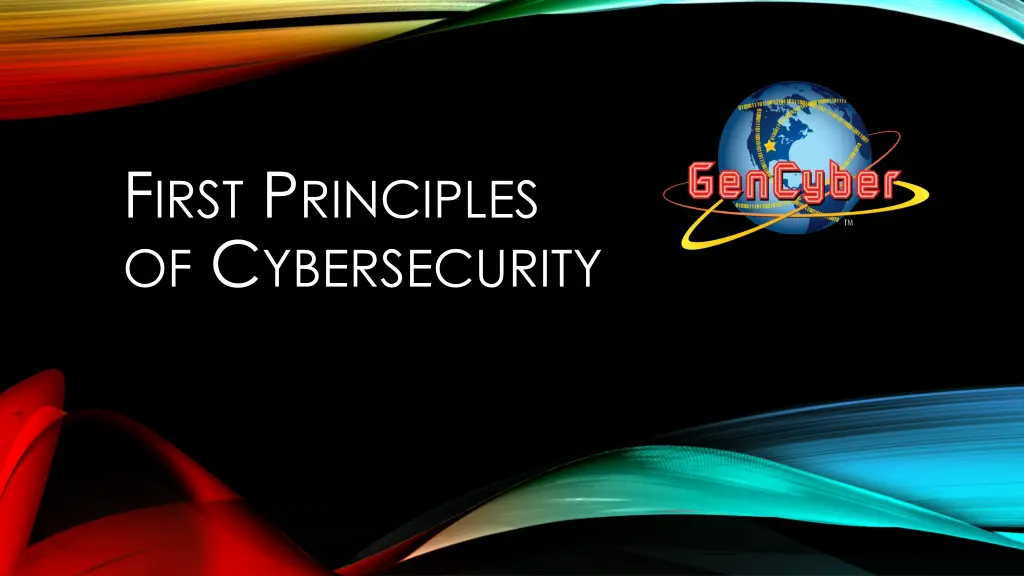
Cybersecurity Best Practices and Fundamentals
Learn about the foundational principles of cybersecurity including minimization, simplicity, abstraction, information hiding, least privilege, modularity, layering, resource encapsulation, process isolation, and domain separation. Implementing these practices can enhance your security posture and protect your digital assets from cyber threats.
Download Presentation

Please find below an Image/Link to download the presentation.
The content on the website is provided AS IS for your information and personal use only. It may not be sold, licensed, or shared on other websites without obtaining consent from the author. If you encounter any issues during the download, it is possible that the publisher has removed the file from their server.
You are allowed to download the files provided on this website for personal or commercial use, subject to the condition that they are used lawfully. All files are the property of their respective owners.
The content on the website is provided AS IS for your information and personal use only. It may not be sold, licensed, or shared on other websites without obtaining consent from the author.
E N D
Presentation Transcript
FIRST PRINCIPLES OF CYBERSECURITY
MINIMIZATION Minimization s goal is to simplify and decrease the number of ways the software can be exploited.
SIMPLICITY If something is less complicated, it s less likely to have problems and easier to troubleshoot and fix.
ABSTRACTION A fancy word for summarizing or explaining in a way that can be easily understood.
INFORMATION HIDING Any attempt to prevent people from being able to see information.
LEAST PRIVILEGE Limits what access people have to your resources and what they can do with them.
MODULARITY Able to be inserted or removed from a project; each module has its own function, interchangeable with other modules.
LAYERING Multiple layers of defense protect information. If one layer is defeated, the next layer should catch it.
RESOURCE ENCAPSULATION Resources hardware, system objects, or processes must be separated and used as intended.
PROCESS ISOLATION A process occurs when a task is executed. Keeping processes separate prevents the failure of one process from negatively impacting another.
DOMAIN SEPARATION Separating areas where resources are located prevents accidents and loss of data, keeping information worlds from colliding.
